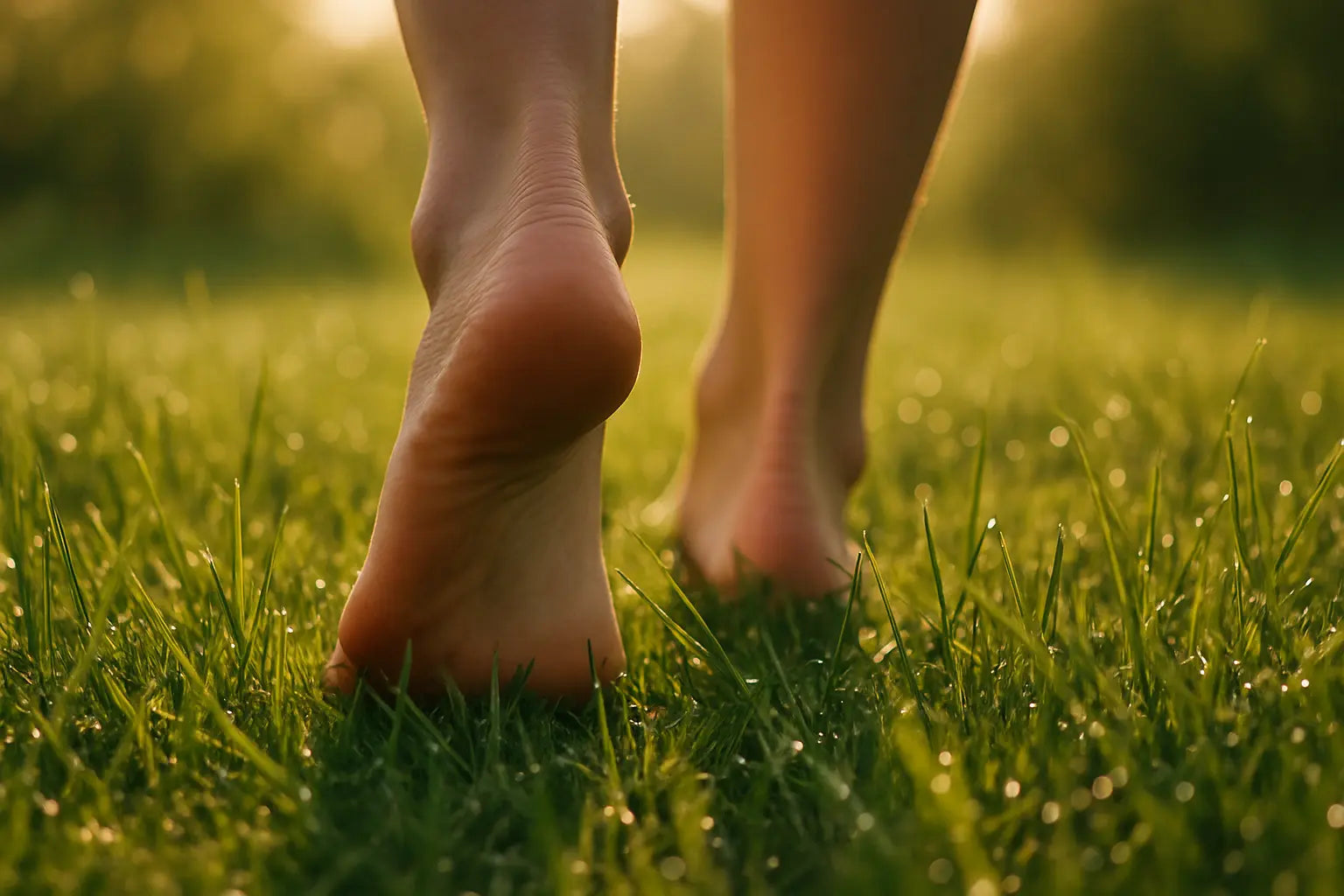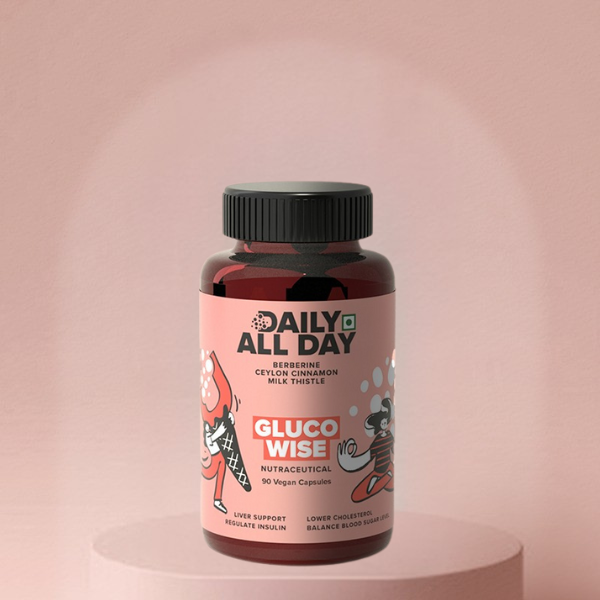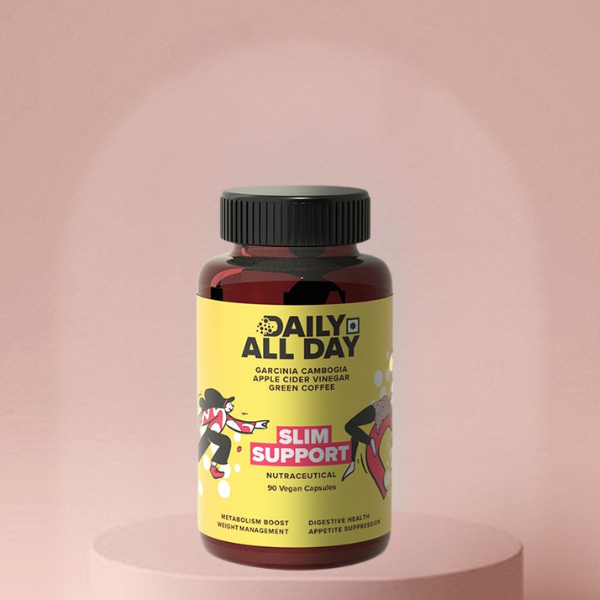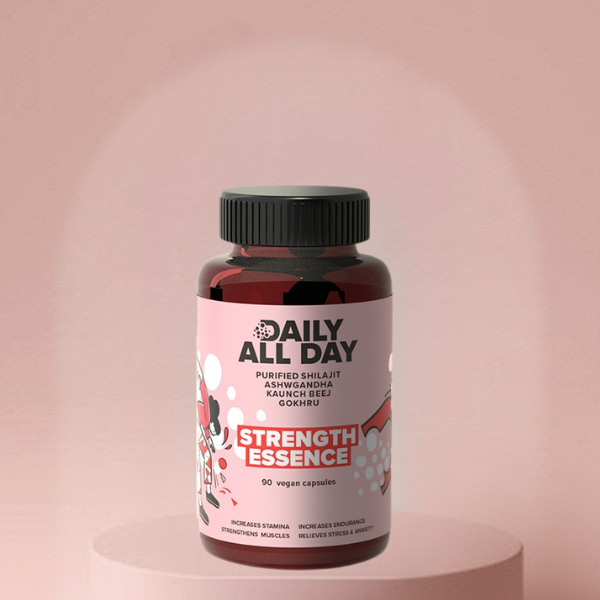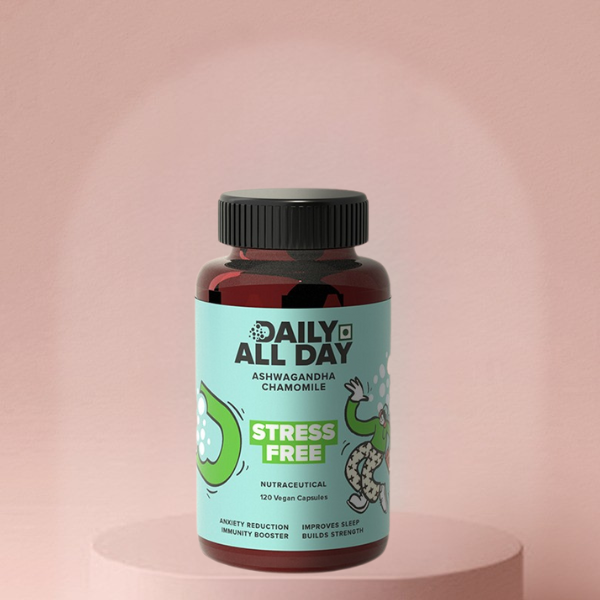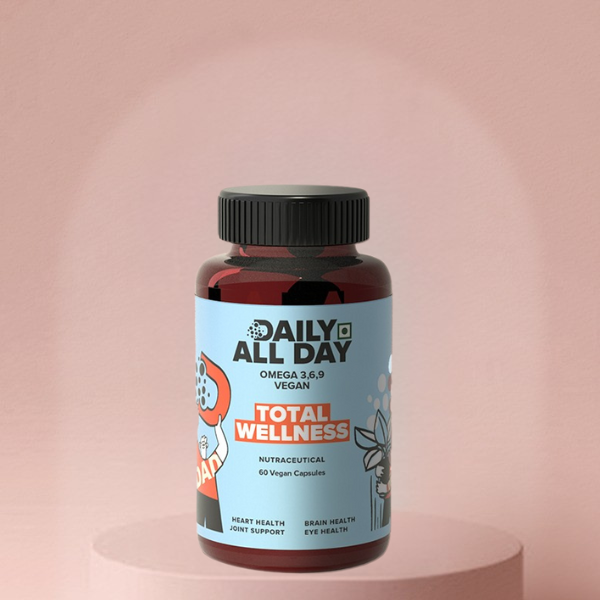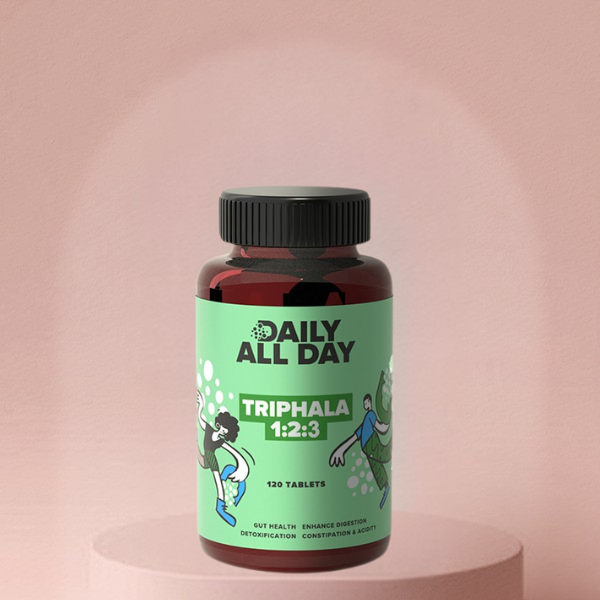Remember that feeling from childhood? The school bell rings for summer vacation, and the first thing you do is kick off your shoes and feel the cool grass tickle your feet. There’s something freeing, something natural about being barefoot. This feeling has sparked a huge trend, with everything from minimalist “zen barefoot” shoes to people simply choosing to walk unshod. But just like in the movie Barefoot (2014), where a simple act leads to complex situations, the decision to ditch your shoes has both a good side and a bad side. So, is going barefoot really the healthy, natural choice everyone claims it is?
Let's walk through the facts and find out if you should embrace this trend or keep your shoes firmly on.
Table of Contents
- The Bright Side: Why Walking Barefoot Feels So Good
- The Hidden Dangers: What You're Not Seeing on the Ground
- What People Are Asking: Insights from Quora
- Finding the Right Balance: How to Go Barefoot Safely
- Supporting Your Body from the Ground Up
- Frequently Asked Questions
The Bright Side: Why Walking Barefoot Feels So Good
There's a reason why so many people are searching for the best barefoot shoe or barefoot socks. Proponents of the barefoot lifestyle believe it offers several compelling benefits:
- Stronger Feet: Without the artificial support of shoes, the small muscles, tendons, and ligaments in your feet have to work harder. This can lead to stronger, more stable feet and ankles over time.
- Better Balance and Body Awareness: Your feet are packed with nerves that send information to your brain about the surface you're on. Walking barefoot enhances this connection, which can improve your balance and proprioception (your sense of where your body is in space).
- Improved Posture: Some experts argue that cushioned shoes can alter our natural walking gait, leading to posture problems. Walking barefoot encourages a more natural foot strike, which can help align your body correctly.
- Grounding Sensation: Many people report feeling calmer and more connected to nature when they walk barefoot, a practice often called “earthing.”
The Hidden Dangers: What You're Not Seeing on the Ground
While the benefits sound great, ignoring the risks would be a mistake. Our modern world isn't exactly designed for bare feet. Here are some of the biggest problems you might encounter.
- Obvious Injuries: This is the big one. Glass, sharp rocks, splinters, and other debris can cause painful cuts and puncture wounds. A simple walk in the park can turn into a trip to the emergency room if you're not careful.
- Infections Galore: Your skin is a great barrier, but any tiny cut or scrape can become an entry point for bacteria, fungi, and viruses. Walking barefoot, especially in damp, public areas like pools or locker rooms, puts you at a higher risk for conditions like athlete's foot, toenail fungus, and plantar warts. You can learn more about these issues in our guide on walking barefoot risks and infections.
- Burns: On a hot summer day, pavement and sand can get hot enough to cause serious burns on the soles of your feet.
- Structural Stress: Our feet are designed for soft, uneven surfaces like dirt and grass. Walking barefoot on hard, flat surfaces like concrete or tile for long periods can put a lot of strain on your arches, heels, and tendons. This can lead to conditions like plantar fasciitis, tendinitis, and stress fractures. If you already have joint pain, this can make it much worse.
What People Are Asking: Insights from Quora
Many people turn to online forums like Quora to share their experiences and ask questions about going barefoot. Here's a summary of what the community has to say:
- What dangers do you encounter going barefoot? Users frequently mention the risk of stepping on sharp objects like glass or nails. They also note that while you become more aware of your surroundings, accidents can still happen. Read more here.
- What's to avoid when walking barefoot? The consensus is to avoid high-risk urban areas. One user who has been walking barefoot since 2015 strongly advises against it in cities due to the high probability of encountering dangerous debris. See the full discussion.
- How are people comfortable walking barefoot? Regular barefoot walkers explain that over time, the skin on the soles of your feet thickens and develops callouses, which act as a natural shoe, protecting them from rough surfaces. Learn about this adaptation.
- Have you ever cut your feet while going barefoot? While many users report minor scrapes, they also say that the more you do it, the tougher your skin gets, making significant cuts less likely over time. Check out personal stories.
Finding the Right Balance: How to Go Barefoot Safely
So, should you do it? The best approach is a balanced one. You can enjoy the benefits of being barefoot while minimizing the hidden dangers by following these tips:
- Pick Your Place: Stick to safe, controlled environments. Your backyard (after a quick check for hazards), a sandy beach, or a clean park are great places to start. Avoid city streets, construction sites, and public pools.
- Start Slow: If you're used to wearing shoes all the time, your feet will be sensitive. Start with just a few minutes a day and gradually increase the time as your feet get stronger and your skin gets tougher.
- Inspect Your Feet: After every barefoot session, wash your feet and check them for any cuts, scrapes, or splinters. Treat any minor injuries immediately to prevent infection.
- Consider Minimalist Shoes: If you want the barefoot feel without the risk, look into the world of minimalist footwear. Brands like Frido barefoot sock shoe, Impakto barefoot, and Baer shoes offer products that provide a thin layer of protection while still allowing your feet to move naturally. These are a great compromise for everyday wear.
Supporting Your Body from the Ground Up
Walking barefoot, especially on hard surfaces, can send shockwaves up your body, affecting your knees, hips, and even your back. If you already experience joint stiffness or pain, it's essential to give your body the support it needs. That's where targeted nutrition can make a huge difference.
Ingredients Deep Dive: Our Natural Solutions for a Stronger You
For Your Joints: Daily All Day Joint Care
Our Daily All Day Joint Care is formulated to combat the inflammation and pain that can arise from structural stress. It’s a 100% vegetarian and non-toxic supplement designed to keep you moving freely.
- Turmeric Root Extract & Curcumin: This is the star of the show. Turmeric contains curcuminoids, powerful anti-inflammatory compounds that are known to reduce joint pain and stiffness, particularly in conditions like arthritis. Each capsule has a potent dose to target inflammation.
- Boswellia Serrata: Also known as Indian frankincense, this herb has been used for centuries in Ayurvedic medicine to treat inflammation. It helps reduce pain and may even help prevent cartilage loss.
- Piperine (Black Pepper): This is the secret ingredient that makes everything else work better. Piperine dramatically increases the absorption of curcumin in your body, ensuring you get the maximum benefit from every capsule.
For Overall Wellness: Daily All Day Slim Support
Carrying extra weight puts additional strain on your joints, from your ankles to your back. Maintaining a healthy weight is one of the best things you can do for your joint health. Our Daily All Day Slim Support helps you do just that.
- Garcinia Cambogia & Green Coffee Beans: These ingredients are known to boost metabolism and help the body burn fat more efficiently.
- Apple Cider Vinegar: Aids in digestion and helps suppress appetite, reducing cravings and helping you stay on track with your health goals.
- Triphala: This classic Ayurvedic formula is a blend of three fruits that supports detoxification and promotes excellent digestive health. A healthy gut is the foundation of overall wellness. You can read more about Triphala's benefits here.
Frequently Asked Questions
- 1. Is it actually healthy to walk barefoot?
- It can be, but it depends on where and how you do it. Walking barefoot on natural, soft surfaces like grass or sand can strengthen foot muscles and improve balance. However, walking on hard or unsafe surfaces can lead to injury, infection, and joint strain. The key is moderation and choosing the right environment.
- 2. What are the biggest risks of walking barefoot outside?
- The most immediate risks are injuries from sharp objects like glass, splinters, or rocks. Following that is the risk of infections from bacteria, fungi, or viruses entering through small cuts. On hot days, burns from surfaces like asphalt are also a major concern.
- 3. Can walking barefoot really make my feet stronger?
- Yes. Without the support of a shoe, the intrinsic muscles within your feet must work harder to stabilize your body and adapt to the terrain. Over time, this can lead to stronger, more resilient feet and may even improve your arch function.
- 4. I have diabetes. Should I walk barefoot?
- No. People with diabetes, especially those with neuropathy (nerve damage), should avoid walking barefoot at all times. Neuropathy can reduce sensation in the feet, meaning you might not feel a cut or puncture wound. A small, unnoticed injury can quickly become a serious infection or ulcer, leading to severe complications.
- 5. What exactly are minimalist or "barefoot shoes"?
- Barefoot shoes are a type of footwear designed to mimic the experience of being barefoot as closely as possible while still offering protection. They typically have a very thin, flexible sole, a wide toe box that allows your toes to spread naturally, and no heel drop (meaning they are completely flat). They provide a layer of protection from sharp objects without interfering with your natural foot movement.

Finding Your Footing: The Final Word on Going Barefoot
The choice to go barefoot is a personal one, balancing the natural desire to connect with the ground and the very real risks of modern environments. Walking barefoot can indeed strengthen your foot muscles, improve your balance, and heighten your sensory awareness. However, it's not a risk-free choice. From painful cuts and infections to long-term structural stress on your joints, the dangers are significant, especially on hard, unforgiving surfaces.
The key is to be smart about it. Choose safe, natural environments like a clean, grassy park or a sandy beach. Listen to your body and start slowly. For daily life, consider minimalist footwear like barefoot socks or shoes that offer protection while mimicking the barefoot experience. And most importantly, pay attention to your joint health. The added stress on your knees, hips, and back from walking without support can take a toll over time.
To proactively manage this stress, supporting your body from the inside is crucial. Our Daily All Day Joint Care supplement is designed for this very purpose. With the powerful anti-inflammatory properties of Turmeric and Boswellia Serrata, it helps reduce joint pain and supports cartilage health, making it an excellent companion for an active lifestyle. Similarly, maintaining a healthy weight with Daily All Day Slim Support can significantly reduce the load on your joints, further protecting your feet and body. Make informed choices, protect your feet, and support your joints for a healthier, more mobile life.


